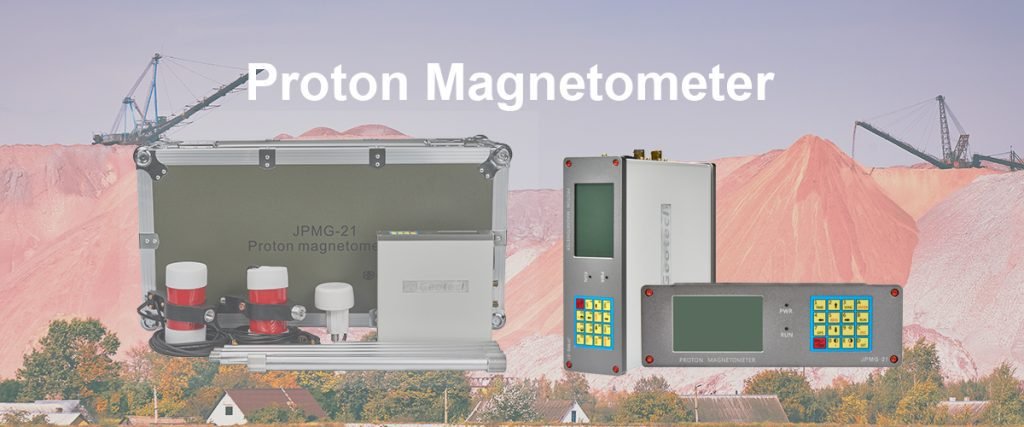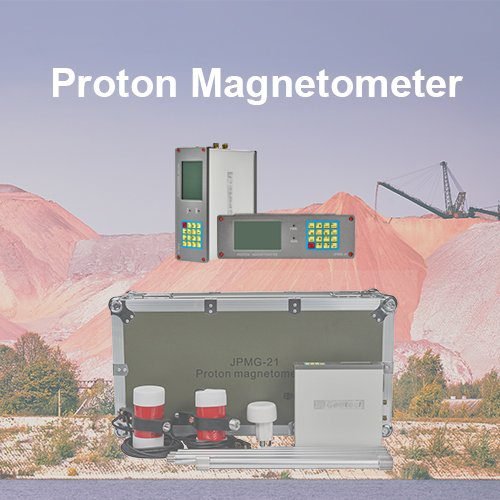Welcome to Geotech!

Breakthroughs of the High – Sensitivity Magnetometer
TIPS:In magnetic field measurement, the high – sensitivity magnetometer is crucial. This piece explores its tech breakthroughs in boosting sensitivity and cutting – edge uses. Discover how this tool, with low – noise design, impacts physics, geology, and industry.

Ⅰ. Introduction
In magnetic field measurement tech, the High – Sensitivity Magnetometer is key. It captures weak fields precisely. This matters for research and real – world uses. This article explores its sensitivity – boosting tech and key roles. Let’s see its breakthroughs.
Ⅱ. Technological Breakthroughs
1. Core Sensitivity Tech
A High – Sensitivity Magnetometer (or ultra – sensitive magnetic sensor) needs better sensitivity. New magnetic materials (like high – permeability alloys) help. So do smart sensor designs (e.g., differential detection). These cut noise. They let the device sense tiny field changes.
2. Low – Noise Design
A Low – Noise Magnetometer (quiet magnetic sensor) is a must. Use active noise suppression (feedback compensation). Optimize shielding to block outside noise. This creates a clean measurement environment. It supports high – sensitivity detection.
Ⅲ. Scientific Research Uses
1. Basic Physics
In physics research, the magnetometer shines. It catches weak signals in dark matter or gravitational wave studies. These signals hold key info. The device helps test theories and unlock cosmic secrets.
2. Geophysical Work
For Earth studies, it’s vital. Subtle geomagnetic changes link to geology and minerals. The magnetometer maps these changes. It aids mineral search and earthquake – related field monitoring.
Ⅳ. Weak Field Detection Uses
1. Biological Studies
In biology, it explores weak bio – fields. Hearts and nerves produce such fields. The magnetometer detects them. This helps study life processes and diagnose diseases early (e.g., via magnetocardiograms).
2. Industrial Testing
In industry, it finds material flaws. Cracks or stress in metals cause odd fields. The magnetometer spots these. It ensures product quality and equipment safety.
Ⅴ. Industry Impact
1. Interdisciplinary Boost
Tech breakthroughs cross fields. Physics, geology, biology—all gain. New tools and views emerge. This spurs cross – discipline research and innovation.
2. Industry Upgrade
The magnetometer drives industry growth. It boosts material, sensor, and instrument sectors. It also supports new industries like quantum computing and precision medicine.
Ⅵ. Conclusion
The High – Sensitivity Magnetometer transforms magnetic field work. From physics to industry, it delivers. As tech advances, it will reach more fields. It paves the way for high – sensitivity magnetic exploration.
Reference
- Society of Exploration Geophysicists (SEG) https://seg.org/
- Society of Environmental and Engineering Geophysicists (EEGS) https://www.eegs.org/
- Geology and Equipment Branch of China Mining Association http://www.chinamining.org.cn/
- International Union of Geological Sciences (IUGS) http://www.iugs.org/
- European Geological Survey Union (Eurogeosurveys) https://www.eurogeosurveys.org/
-1.png)


